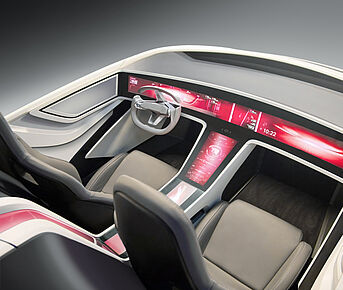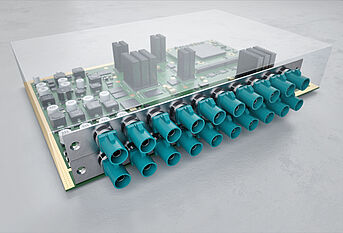Infotainment systems will become increasingly diverse as MaaS (Mobility as a Service), allowing fully automated driving and transportation services becomes widely available. When fully automated operation is realized and the driver is released from operation, the car will utilize this function to ensure travel time is spent in a highly productive and/or entertaining manner. With this, MaaS companies will strive to equip vehicles with flexible functions that deliver a highly efficient and comfortable overall travel experience.
In vehicles of the near future, the importance of infotainment systems will increase with the ability to handle diverse and large amounts of information. There is no doubt that automotive communication systems will require even higher speeds and larger capacities. To ensure that valuable actionable information is transmitted efficiently and reliably to the cabin space, connectors will be required to further improve performance and reliability.



